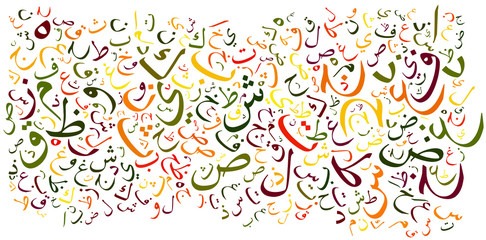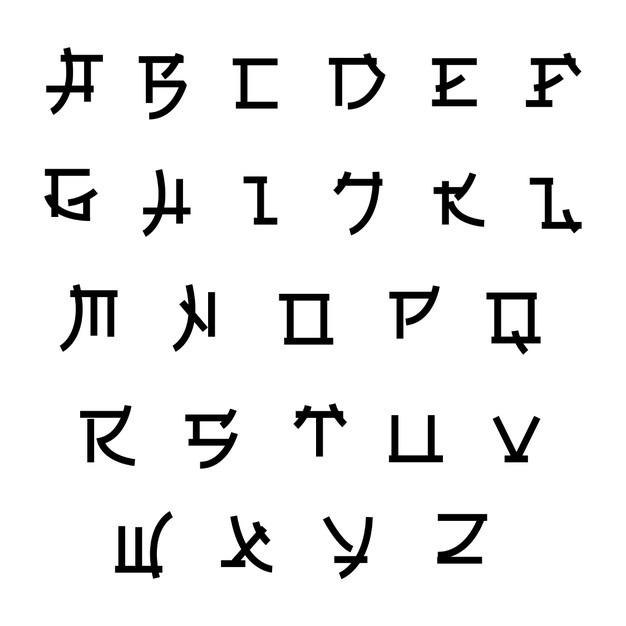
Which scripture uses which language?
Scripture, also called sacred scripture, the revered texts, or Holy Writ, of the world’s religions. Scriptures comprise a large part of the literature of the world. They vary greatly in form, volume, age, and degree of sacredness, but their common attribute is that their words are regarded by the devout as sacred.
In this article, we will see which all scriptures use which languages.
1) Buddhist
The earliest Buddhist texts were passed down orally in Middle Indo-Aryan languages called Prakrits, including Gāndhārī language, the early Magadhan language, and the Pali language through the use of repetition, communal recitation, and mnemonic devices. These texts were later compiled into canons and written down in manuscripts.
The sacred book of Buddhism is called the Tripitaka (called Tipitaka in Pali). It is also called the Pali Canon, after the language in which it was first written. The ancient Indian language, Pali, is very close to the language that the Buddha himself spoke.
Sanskrit Buddhist literature refers to Buddhist texts composed either in classical Sanskrit, in a register that has been called “Buddhist Hybrid Sanskrit” (BHS).
Besides texts considered “Word of the Buddha” (Buddhavacana) by the traditions that transmitted them, Buddhist authors have composed treatises and literary works in Sanskrit dealing with Buddhist philosophy, logic, etc. Besides texts considered “Word of the Buddha” (Buddhavacana) by the traditions that transmitted them, Buddhist authors have composed treatises and literary works in Sanskrit dealing with Buddhist philosophy, logic, etc.
Sanskrit Buddhist literature is, therefore, vast and varied, despite the loss of a significant amount of texts. Today, a large number of those works survive only in Tibetan and Chinese translations.

2) Islamic
Arabic literature is the writing, both as prose and poetry, produced by writers in the Arabic language. The Arabic word used for literature is “Adab”, which is derived from a meaning of etiquette, and which implies politeness, culture, and enrichment.

3) Biblical
Sanskrit language :
Sanskrit is a classical language of South Asia belonging to the Indo-Aryan branch of the Indo-European languages. It arose in South Asia after its predecessor languages had diffused there from the northwest in the late Bronze Age.

4) Vedic
Biblical languages are any of the languages employed in the original writings of the Bible. Partially owing to the significance of the Bible in society, Biblical languages are studied more widely than many other dead languages. Furthermore, some debates exist as to which language is the original language of a particular passage, and about whether a term has been properly translated from an ancient language into modern editions of the Bible.
Scholars generally recognize three languages as original biblical languages: Hebrew, Aramaic, and Koine Greek.

4) Proto-Japonic
Proto-Japonic, the common ancestor of the Japanese and Ryukyuan languages, is thought to have been brought to Japan by settlers coming from the Korean peninsula sometime in the early- to mid-4th century BC (the Yayoi period), replacing the languages of the original Jōmon inhabitants, including the ancestor of the modern Ainu language. Very little is known about the Japanese of this period. Because writing had yet to be introduced from China, there is no direct evidence, and anything that can be discerned about this period must be based on reconstructions of Old Japanese.




